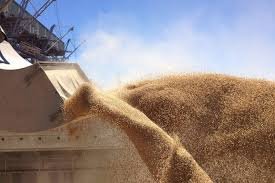New Holland Agriculture widens extensive T6 tractor range
A winning combination of FPT 6-cylinder engine and New Holland’s exclusive Dual Clutch technology
New Holland Agriculture extends its acclaimed all-purpose T6 tractor range with a new 6-cylinder model, the T6.160 Dynamic Command™. This unique tractor combines the high performance of the proven NEF 6-cylinder engine with New Holland’s exclusive Dual Clutch and CVT technology to deliver high efficiency and productivity. This comes in a compact package with a 2.6-metre wheelbase and 10.5 tonnes Gross Vehicle Weight.
Benjamin Davies, T6 Series Global Product Marketing Manager, explains: “New Holland has a proud legacy in this segment that started more than 30 years ago, when we launched the first compact 6-cylinder tractor on the market, the 7810. It was a true game changer, and the new T6.160 Dynamic Command builds on this rich heritage to offer farmers a compact low power Stage V 6-cylinder tractor with embedded technology for operator efficiency.”
The T6 range now offers two six-cylinder models with Dynamic Command: the existing 145-hp T6.180 and the new 135-hp T6.160 – the only compact 6-cylinder tractor on the market with rated power below 140 hp.
The T6.160 Dynamic Command will be available in the second half of 2021.The T6.160 Dynamic Command features the proven, powerful NEF 6-cylinder 6.7 litre engine that generates 135 rated horsepower and delivers a strong pulling away performance, engine stability with fluctuating loads, and effective engine braking in downhill operation and transport.
A winning combination of FPT 6-cylinder engine














